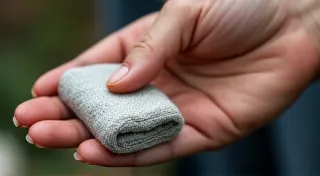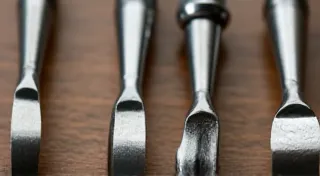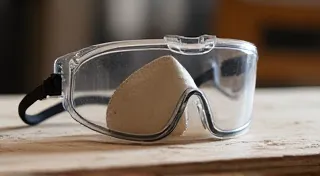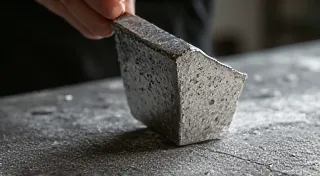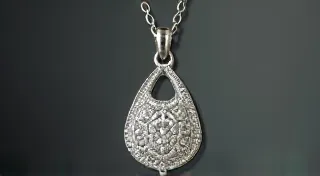Exploring Different Silver Alloys: Argentium vs. Traditional Sterling
Welcome to the world of silversmithing! As you begin your jewelry making journey, you're bound to encounter different types of silver alloys. While sterling silver is the most common choice, Argentium silver is gaining popularity. This article will dive into the differences between Argentium and traditional sterling silver, exploring their properties and ideal uses.
Before we get into the specifics of each alloy, it's helpful to understand some fundamental silversmithing techniques. Many projects involve joining pieces of silver together, and achieving strong, clean joins often relies on proper soldering. If you're new to the process, a detailed guide to understanding flux can be an invaluable resource.
What is Sterling Silver?
Sterling silver is an alloy composed of 92.5% silver and 7.5% other metals, usually copper. The addition of copper enhances the silver's durability and workability, making it suitable for a wide range of silversmithing techniques. Its warm, slightly yellow hue is a hallmark of traditional fine silver jewelry.
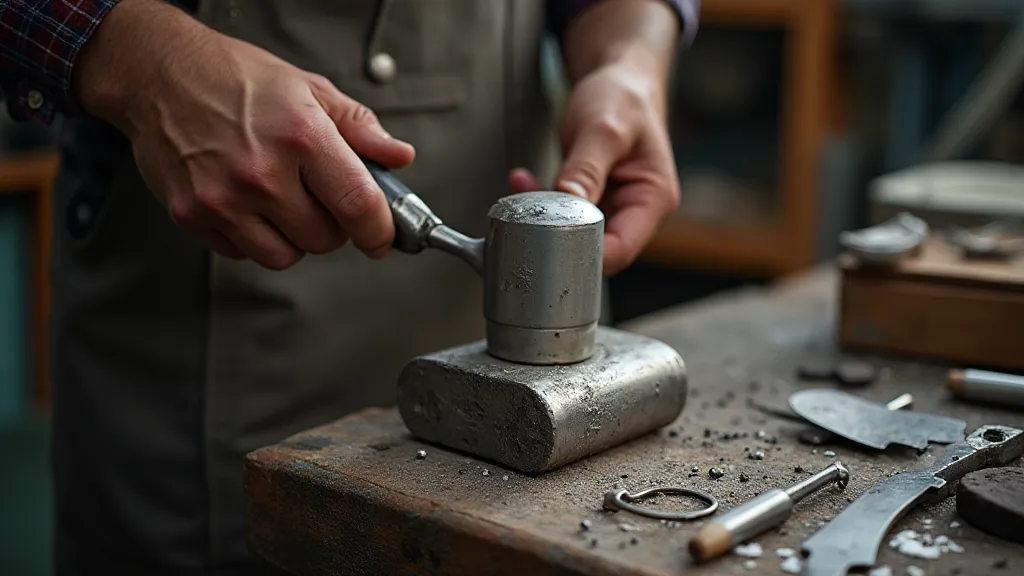
Key Properties of Sterling Silver:
- Workability: Excellent for forming, soldering, and engraving.
- Durability: While stronger than pure silver, it’s relatively soft and prone to scratches and dents.
- Tarnish: Sterling silver readily tarnishes when exposed to air and sulfur compounds, requiring regular polishing. This tarnishing can be a significant maintenance concern for some jewelry pieces.
- Cost: Generally more affordable than Argentium.
What is Argentium Silver?
Argentium silver is a modern alloy developed in the 1990s. It's a variation on sterling silver, but with the addition of germanium. This small addition significantly alters its properties, offering some distinct advantages. The development of Argentium was driven by a desire to improve the performance and longevity of silver jewelry, specifically addressing issues like tarnishing and strength.
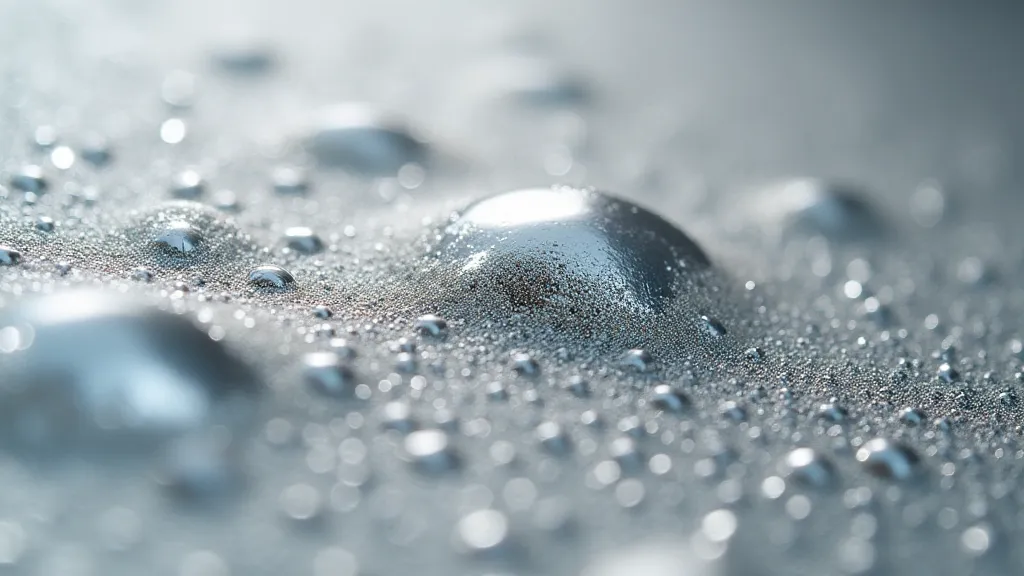
Key Properties of Argentium Silver:
- Tarnish Resistance: The germanium creates a microscopic fire scale layer on the surface, providing exceptional tarnish resistance. This means less polishing! This layer is formed during the heating process and contributes significantly to Argentium's enhanced durability.
- Strength: Argentium is significantly stronger than sterling silver, making it more resistant to scratches and dents. This increased strength also means it can withstand more complex designs and intricate detailing.
- Workability: Still workable, but can be slightly more challenging to solder than sterling. Achieving proper solder joins with Argentium requires a slightly different approach, which some beginners find challenging. If you’re planning on tackling a complex project involving soldering, a comprehensive guide to mastering silver soldering can be incredibly beneficial.
- Appearance: Argentium has a brighter, whiter appearance than sterling silver.
- Cost: Typically more expensive than sterling silver.
Argentium vs. Sterling: A Comparison Table
| Feature | Sterling Silver | Argentium Silver |
|---|---|---|
| Composition | 92.5% Silver, 7.5% Other Metals (usually Copper) | Typically 93.5% Silver, 6% Copper, 0.5% Germanium (can vary slightly) |
| Tarnish Resistance | Moderate - Requires regular polishing | Excellent - Highly resistant to tarnish |
| Strength | Moderate | High |
| Appearance | Warm, slightly yellow hue | Bright, white appearance |
| Workability | Excellent | Good (slightly more challenging to solder) |
| Cost | Lower | Higher |
Choosing the Right Alloy: Considerations Beyond the Basics
Selecting between sterling silver and Argentium silver isn't just about cost or appearance; it's about aligning the alloy’s properties with the demands of your project. Both alloys have their strengths and weaknesses, and understanding these nuances is crucial for achieving a successful outcome.
For example, if you’re a beginner venturing into the world of silverwork, sterling silver's relative ease of workability makes it an ideal starting point. Its malleability allows for experimentation and the development of fundamental skills without the added complexity of Argentium's slightly different soldering requirements. However, if you're creating a piece that will be frequently worn or exposed to the elements – a ring intended for daily wear, or a pendant often handled – Argentium’s superior tarnish resistance becomes a compelling advantage. The reduced need for polishing translates to a lower maintenance piece, appreciated by the wearer.
Consider the design itself. Intricate designs often benefit from sterling silver's excellent malleability. The ability to easily form and shape the metal is invaluable when creating detailed patterns or delicate features. However, Argentium’s increased strength allows for more ambitious designs that might otherwise be fragile in sterling silver. It can handle more significant stress and retain its shape under pressure.
Deeper Dive: Understanding Argentium’s Soldering Process
As mentioned earlier, soldering Argentium silver presents some unique considerations. The presence of germanium alters the alloy's behavior during heating, requiring adjustments to traditional soldering techniques. It's crucial to ensure proper flux application and maintain appropriate temperatures to achieve strong, reliable solder joins. While the initial learning curve might be slightly steeper than with sterling silver, the investment in understanding these nuances pays off in the long run with higher-quality results.
For those seeking a more structured approach to understanding the intricacies of silver soldering – regardless of the alloy – a detailed guide to understanding silver soldering provides a comprehensive overview of the process and best practices.
Which Silver Alloy Should You Choose?
The best choice depends on your specific project and priorities.
- For beginners: Sterling silver is an excellent starting point due to its affordability and ease of workability.
- For intricate designs: Sterling silver’s malleability makes it ideal for detailed work.
- For pieces that require durability and low maintenance: Argentium silver is a fantastic option.
- For pieces that will be exposed to the elements or handled frequently: Argentium’s tarnish resistance is a significant advantage.
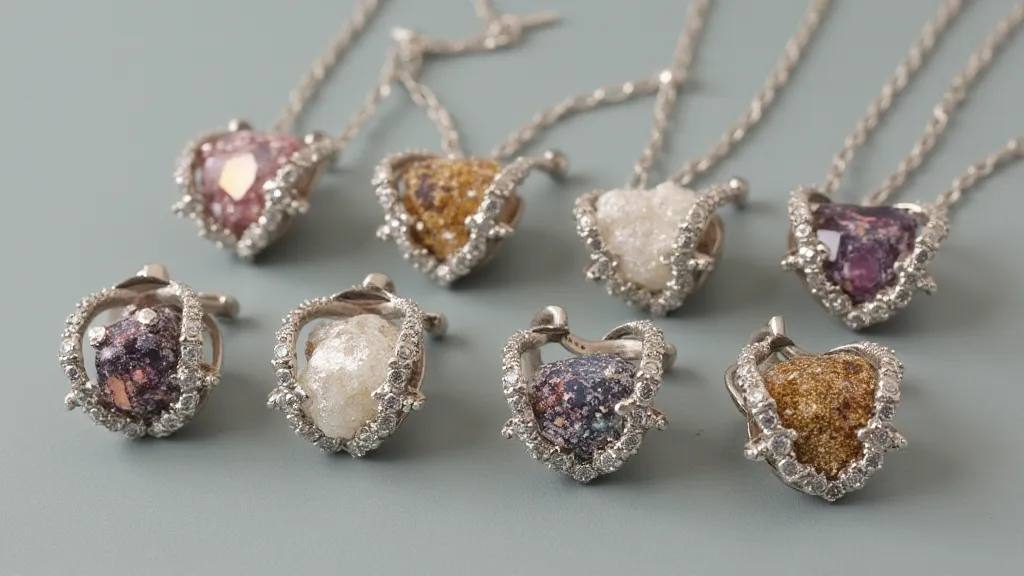
Experimenting with both sterling silver and Argentium silver will help you understand their unique properties and determine which best suits your creative vision. Happy silversmithing!
